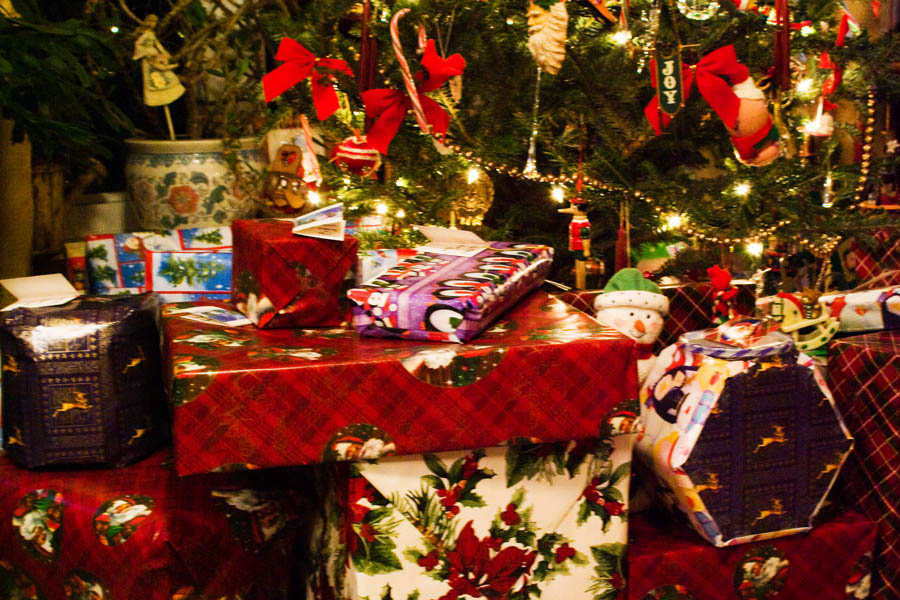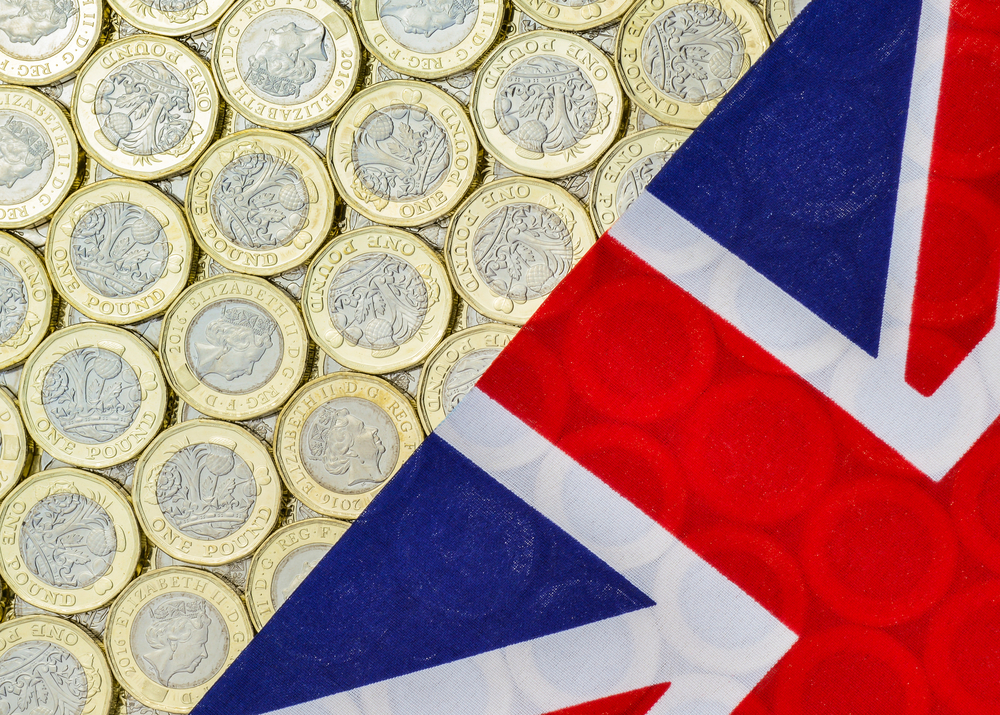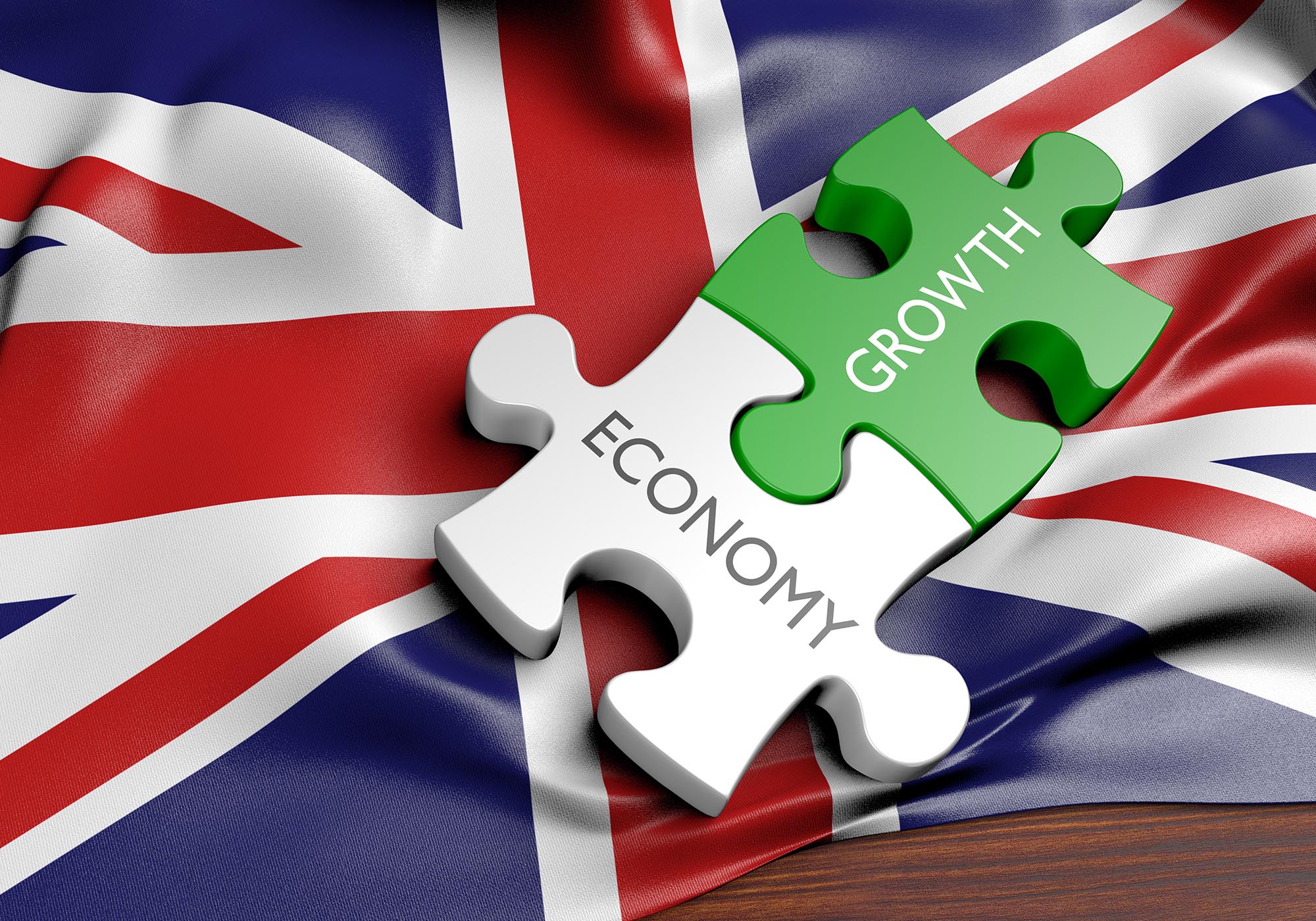The cost of Christmas has risen by nearly a quarter in the past three years, according to the Centre for Economics and Business Research (Cebr).
According to the economic consultancy, last year’s Christmas season was the weakest for retailers since 1998, with soaring inflation impacting consumer spending power and leading to a significant cutback in festive expenditure.
The Cebr said this continued a trend of problematic recent festive periods for retailers, with both Christmas 2020 and Christmas 2021 impact by Covid. This has been troubling for the sector, given the importance of the period for sales. The final months of the year are known as the ‘Golden Quarter’ and account for a disproportionate share of activity for retail businesses.
Elevated inflation
This year has seen households contend with another year of historically elevated inflation, putting pressure on their spending power. Interest rates have added further pressure to living costs for certain demographics.
Meanwhile, the retail sector has struggled, with sales volumes having been on a downward trend for much of the year.
Retail activity this Christmas
A key question is how the combination of these factors will impact retail activity this Christmas. Cebr has run the figures, suggesting that festive expenditure will be stronger than last year.
In nominal terms, the average household is projected to spend £550 this Christmas, up from £480 in 2022. This equates to real expenditure of £450 in 2023, relative to £410 in 2022.
Looking at the five-year pre-pandemic trend, nominal festive spending amounted to an average of £540, while the figure in real terms was £560.
The Cebr said the fact that expenditure in 2023 is expected to be higher than the nominal pre-pandemic average but lower in real terms signals that “consumers are now paying more to receive less”. It calculated that for households to have the same Christmas as they did in 2019, they would have to spend an extra £118 this year.
Festive expenditure
In terms of the components of the festive expenditure basket, food is expected to be the main contributor to the uptick in nominal expenditure this year.
Food price inflation has been elevated for some time, remaining in double-digit territory as of October and putting significant pressure on household spending power more broadly. Food is also the single largest component of the festive expenditure basket.
Cebr expects the average household to spend £135 on food this Christmas, up by £26 in nominal terms compared to 2022.
In relative terms, alcohol is expected to see the largest increase in festive expenditure in 2023. The average household is projected to spend an additional 26.4% on alcohol this year, though, at £26, this is a relatively small spending category.
Other key components of the festive basket, including toys, games, and clothing, are expected to see expenditure around a fifth higher in 2023 than was the case in the prior year.





